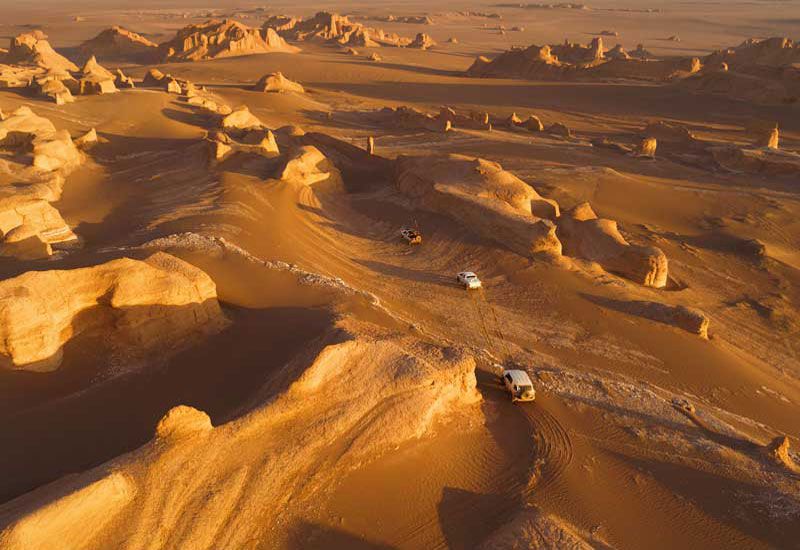
That is because Emirati tourism officials and travel agencies have gone out of their way to promote desert safaris, especially on the Internet. Although most may not even know the name of the desert, all of them know about the desert safaris. Most first-time travelers to the UAE take a tour of the famed Rub’ al-Khali Desert. With around 80% of the desert located in Kerman, industry insiders say the southern province stands the best chance of reaping the economic benefits of Lut Desert’s inscription on the World Heritage List, as long as comprehensive plans are devised and implemented for developing infrastructure and preparing the ground for the arrival of foreign tourists. The vast desert stretches across the provinces of South Khorasan, Sistan-Baluchestan and Kerman, all of which have some of the least developed local economies. Lut Desert not only carries the title of the world’s place (NASA satellites recorded temperatures as high as 70.7° C in 2005), but it also boasts UNESCO status that places it in a very favorable position compared to other deserts. Even more interesting is that none of the aforementioned deserts is a world heritage site. Looking at famous deserts across the world, such as Morocco’s portion of the Sahara, Rub’ al-Khali in the UAE and Botswana’s share of the Kalahari Desert, they have all had significant impacts on local economies. However, Lut Desert is neither a historical nor a cultural site, and requires special plans for its potential to be fully realized. In other words, Iranian cultural heritage officials are experienced in managing cultural and historical sites of international importance.



Prior to the commencement of the 40th session of the UNESCO World Heritage Committee in Istanbul, Turkey, on July 10, Iran was already boasting 19 world heritage sites-the most held by any Middle East country. Lut Desert was declared Iran’s 21st world heritage site on July 17 and became the country’s first-ever natural heritage on UNESCO’s coveted World Heritage List.


 0 kommentar(er)
0 kommentar(er)
